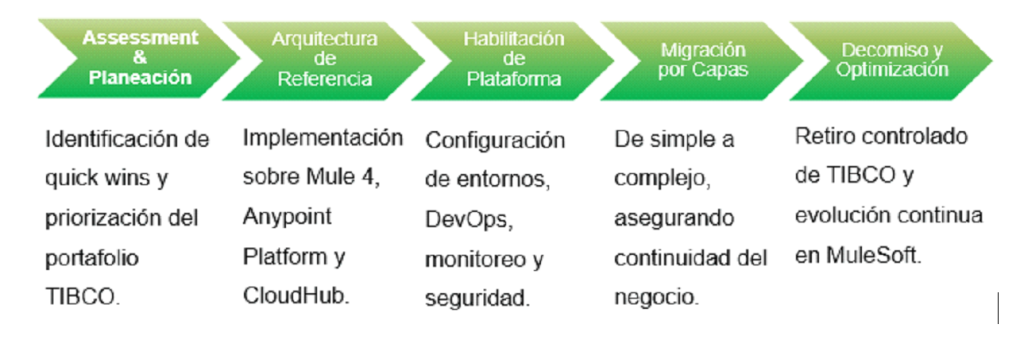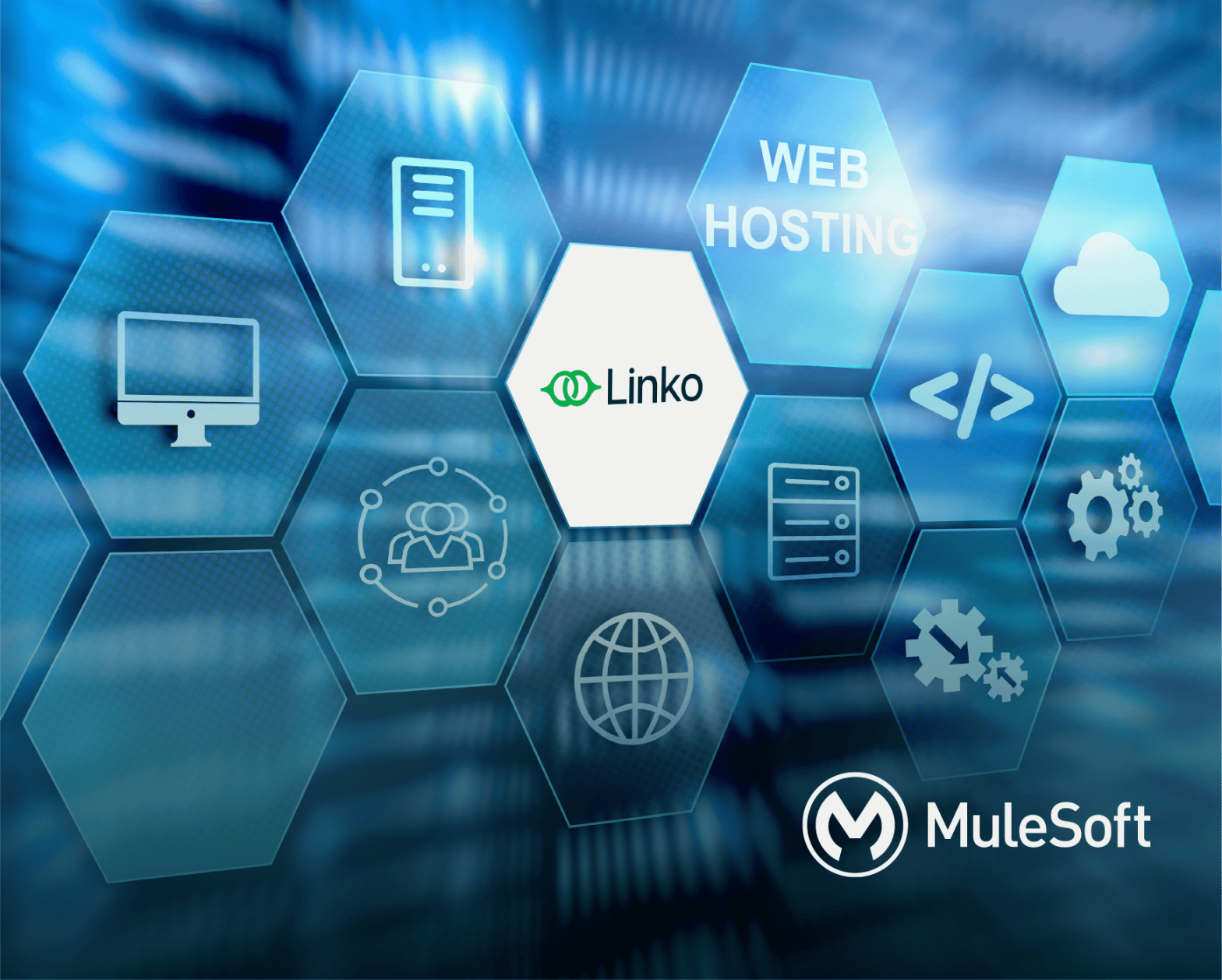Introduction: Modernization through an API-led Vision
Migrating from TIBCO to MuleSoft is a key strategic decision in the digital transformation journey of financial institutions. In a landscape where technological innovation drives competitiveness, modernizing integration platforms has become essential. According to Gartner’s Market Share Analysis: API Management, Worldwide, 2023 report, published on July 17, 2024, the API management market grew by 13.7% in 2023, reaching $3.3 billion.
Market Outlook: APIs as Drivers of Change
This growth reflects a clear trend toward adopting modern, API-based platforms, driven by the ongoing demand for modernization and the shift to the cloud. In this context, solutions like MuleSoft Anypoint Platform have gained ground over competitors such as TIBCO and IBM, thanks to their API-led approach, flexibility, and compatibility with modern architectures.
Motivations for Change: From Monolithic to Modular
Migrating from TIBCO to MuleSoft is not just a technological upgrade—it represents a profound shift in how organizations integrate, operate, and scale digital services. Accelerating time-to-market, reducing reliance on monolithic technologies, and adopting an API-first approach were key drivers. While TIBCO ActiveMatrix BusinessWorks was a robust solution, its limitations in flexibility, scalability, and alignment with modern architectures prompted the change.
Why MuleSoft? Key Advantages over TIBCO
Reasons for adopting MuleSoft included:
- Compatibility with Runtime Fabric (RTF) on Kubernetes, ideal for hybrid environments
- An API-led approach that promotes reusability and scalability
- Strong DevOps, monitoring, and API governance capabilities
Modern Architecture: How MuleSoft Redefines Integration
MuleSoft facilitates functional decoupling, enhances service reusability, and provides centralized governance of the integration ecosystem. With its event-driven and microservices-based architecture, it enables more efficient and adaptive integrations.
Migration Roadmap: Phases, Risks, and Continuity
The migration process was carefully planned in phases to minimize risk and ensure operational continuity. It began with low-complexity services, enabling early wins and setting the stage for more critical phases.

Tangible Results: Agility, Scalability, and Cost Savings
Key benefits included:
- Reduced Time-to-Market: Enabled by the API-led model and greater development team autonomy
- Improved Governance and Visibility: Anypoint Platform allowed centralized administration and full service traceability
- Scalability and Resilience: CloudHub’s distributed architecture increased fault tolerance and elasticity
- Mid-Term Cost Reductions: By eliminating proprietary licenses and adopting infrastructure-as-a-service models
- Operational Agility: Faster deployment of new services
- Standardized Integrations: Better control, traceability, and reuse
- Horizontal Scalability: Supported by container-based architecture
- Centralized Monitoring and Visibility: Powered by Anypoint Platform
Conclusion
Real-world migrations from TIBCO to MuleSoft have shown that a well-defined strategy, modern architecture, and technically prepared teams are essential for success. This transformation goes beyond technology—it represents a shift toward more flexible and sustainable integration models.
Lessons Learned
- Starting with low-complexity services creates valuable early wins
- Establishing a Center for Enablement (C4E) is critical to building a culture of quality, collaboration, and governance
- RTF delivered significant benefits but required careful preparation and a solid infrastructure foundation







